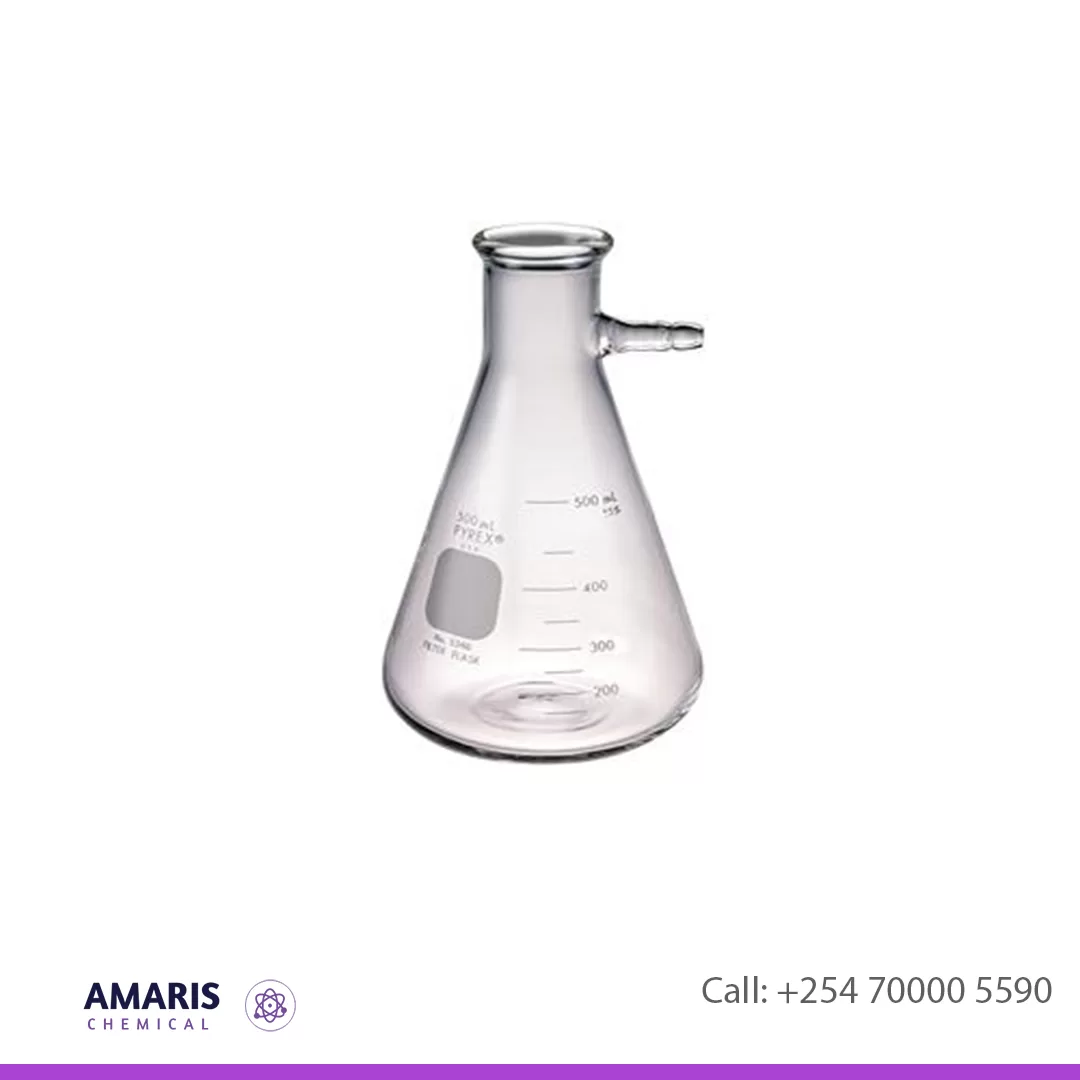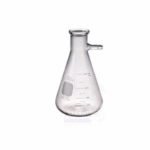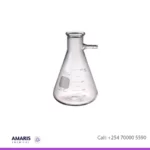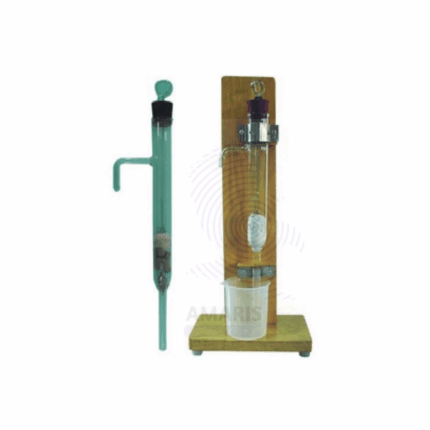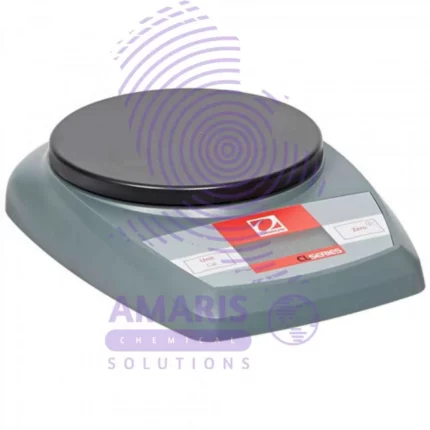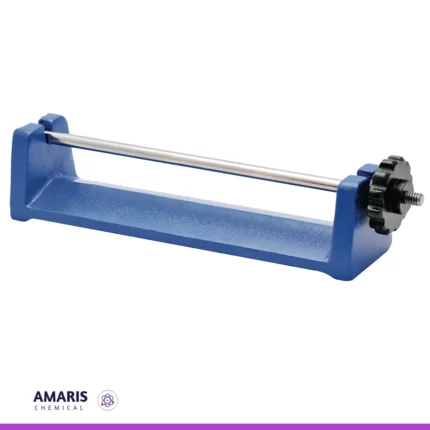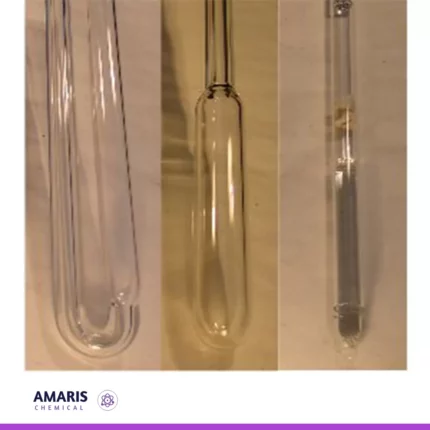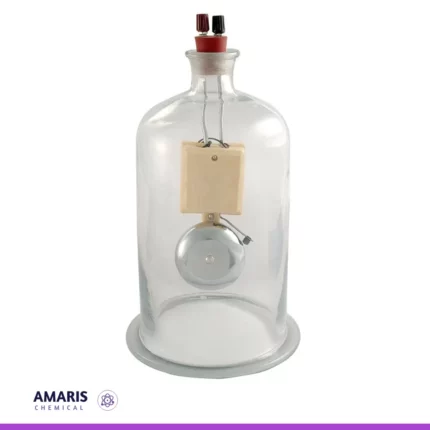“Balance Bathroom Scale” has been added to your cart. View cart
Related products
balance spring
$0.01
Barlows wheel apparatus
$0.01
The Barlow's wheel apparatus is an experimental device used to demonstrate the conversion of electrical energy into mechanical energy through electromagnetic principles. It consists of a horizontal wheel or disk with radial metal spokes attached to its center. The wheel is mounted on an axle, allowing it to rotate freely.
Barometer tubes
$0.01
A barometer tube is a slender, sealed, and typically transparent tube used in barometers to measure atmospheric pressure. It is usually filled with a liquid, often mercury, but sometimes water or another fluid, which rises or falls within the tube in response to changes in atmospheric pressure. The height of the liquid column in the tube serves as an indicator of the current atmospheric pressure, with higher pressure causing the liquid to fall and lower pressure causing it to rise. This measurement helps in predicting weather changes and understanding atmospheric conditions.
bell in vacuum
$0.01
A "bell in vacuum" apparatus is a scientific setup used to demonstrate the effects of reduced air pressure (vacuum) on sound transmission. It typically consists of a bell or sound-producing object enclosed within a sealed chamber from which air has been removed, creating a low-pressure environment. This apparatus is designed to illustrate how sound travels differently in a vacuum compared to in normal atmospheric conditions, highlighting the role of air molecules in sound propagation.
bell in vacuum with air pump with plate
$0.01
A "bell in vacuum" apparatus is a scientific setup used to demonstrate the effects of reduced air pressure (vacuum) on sound transmission. It typically consists of a bell or sound-producing object enclosed within a sealed chamber from which air has been removed, creating a low-pressure environment. This apparatus is designed to illustrate how sound travels differently in a vacuum compared to in normal atmospheric conditions, highlighting the role of air molecules in sound propagation.
Blotting paper
$0.01
Blotting paper is a highly absorbent and thin sheet of paper, typically made from materials like cotton, linen, or other plant fibers. It is designed to quickly absorb excess liquids, such as ink, oil, or moisture, from various surfaces without smudging or smearing the substances. Blotting paper is commonly used to remove excess ink from a freshly written page, absorb oil from the skin without disturbing makeup, or dry wet items. It is often found in office settings, art studios, and cosmetic applications due to its efficient absorption properties.


 Emollients
Emollients Humectants
Humectants UV Filters
UV Filters Surfactants (cosmetic)
Surfactants (cosmetic) Preservatives (cosmetic)
Preservatives (cosmetic) Fragrances and Essential Oils
Fragrances and Essential Oils Antioxidants (cosmetics)
Antioxidants (cosmetics)
 Solvents (lab)
Solvents (lab) Chromatography Chemicals
Chromatography Chemicals Microbiology and Cell Culture Reagents
Microbiology and Cell Culture Reagents Biochemical Reagents
Biochemical Reagents Inorganic and Organic Standards
Inorganic and Organic Standards Spectroscopy Reagents
Spectroscopy Reagents Molecular Biology Reagents
Molecular Biology Reagents
 Precious Metal Extraction Agents
Precious Metal Extraction Agents
 Plasticizers
Plasticizers Polymerization Initiators
Polymerization Initiators Stabilizers
Stabilizers Monomers
Monomers Fillers and Reinforcements
Fillers and Reinforcements Antioxidants (plastics)
Antioxidants (plastics) Colorants (plastic pigments,Dyes)
Colorants (plastic pigments,Dyes)
 Fertilizers
Fertilizers Plant Growth Regulators
Plant Growth Regulators Soil Conditioners
Soil Conditioners Animal Feed Additives
Animal Feed Additives Biostimulants
Biostimulants
 Dough Conditioners
Dough Conditioners Flour Treatments
Flour Treatments Fat Replacers
Fat Replacers Preservatives (baking)
Preservatives (baking)
 Surfactants (cleaning)
Surfactants (cleaning) Builders
Builders Bleaching Agents
Bleaching Agents Enzymes
Enzymes Solvents (cleaning)
Solvents (cleaning) Fragrances
Fragrances Disinfectant
Disinfectant Metal cleaning
Metal cleaning
 Binders/Resins
Binders/Resins Pigments
Pigments Solvents (paint)
Solvents (paint) Additives
Additives Driers
Driers Anti-Corrosion Agents
Anti-Corrosion Agents Specialty Coatings
Specialty Coatings Functional Coatings
Functional Coatings Application-Specific Coatings
Application-Specific Coatings
 Sealants and Adhesives
Sealants and Adhesives
 Biodegradable Surfactants
Biodegradable Surfactants Bio-based Solvents
Bio-based Solvents Renewable Polymers
Renewable Polymers Carbon Capture Chemicals
Carbon Capture Chemicals Wastewater Treatment Chemicals
Wastewater Treatment Chemicals
 Preservatives (food)
Preservatives (food) Flavor Enhancers
Flavor Enhancers Acidulants
Acidulants Sweeteners
Sweeteners Emulsifiers
Emulsifiers Antioxidants (food)
Antioxidants (food) Colorants (food)
Colorants (food) Nutrient Supplements
Nutrient Supplements Nutraceutical Ingredients
Nutraceutical Ingredients
 Fresh Herbs
Fresh Herbs Whole Spices
Whole Spices Ground Spices
Ground Spices Spice Blends
Spice Blends
 Surfactants(oil)
Surfactants(oil)
 Antibiotics
Antibiotics Active Pharmaceutical Ingredients
Active Pharmaceutical Ingredients Excipients
Excipients Vaccine Adjuvants
Vaccine Adjuvants Nutraceutical Ingredients
Nutraceutical Ingredients Solvents (pharmaceutical)
Solvents (pharmaceutical)
 Automotive chemicals
Automotive chemicals Pyrotechnic Chemicals
Pyrotechnic Chemicals


 Vulcanizing Agents
Vulcanizing Agents Accelerators & Retarders
Accelerators & Retarders Antidegradants
Antidegradants Reinforcing Agents
Reinforcing Agents Plasticizers & Softeners
Plasticizers & Softeners Fillers & Extenders
Fillers & Extenders Blowing Agents
Blowing Agents Adhesion Promoters
Adhesion Promoters

